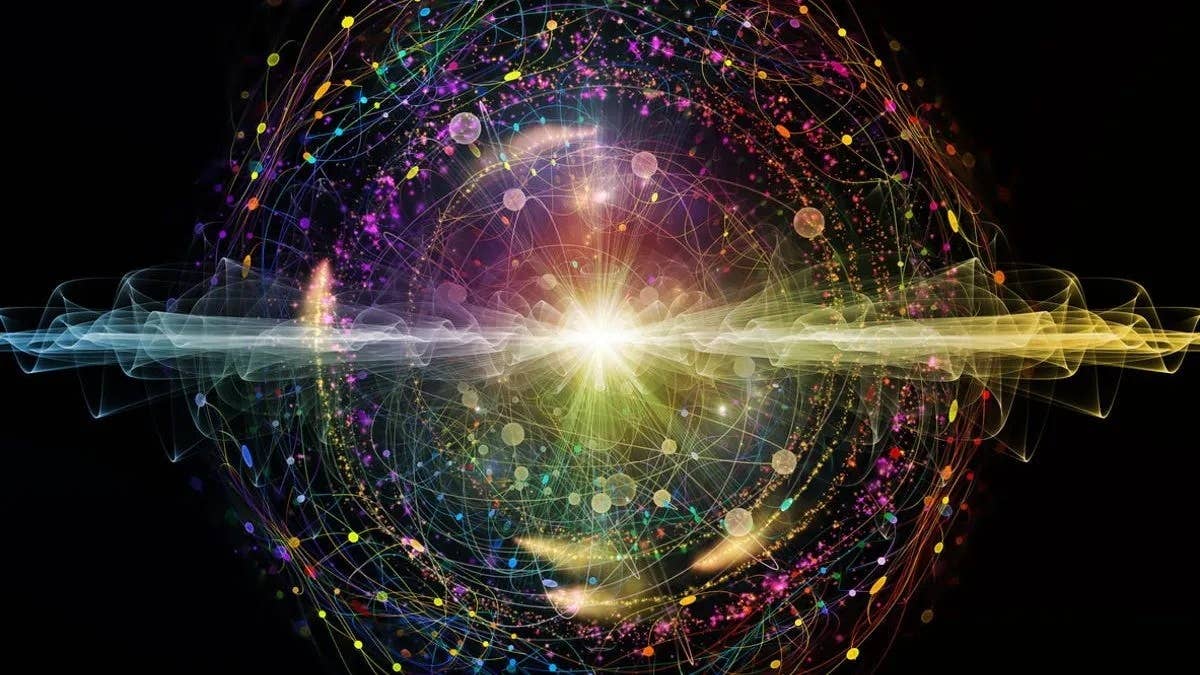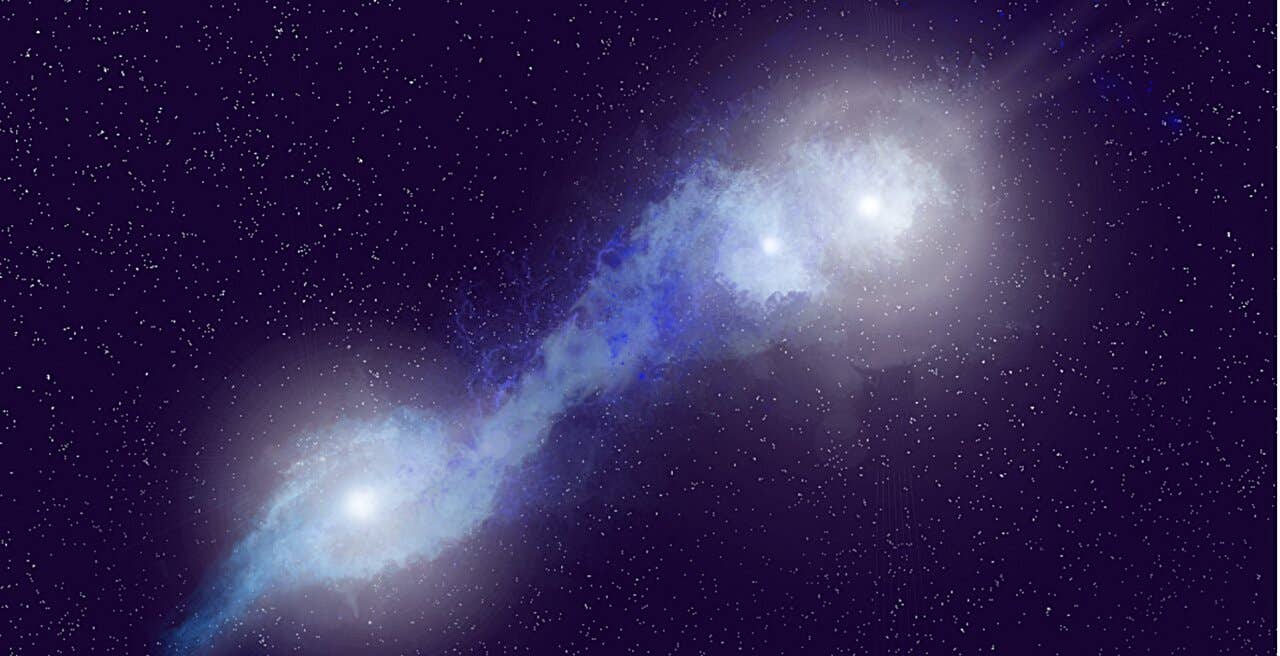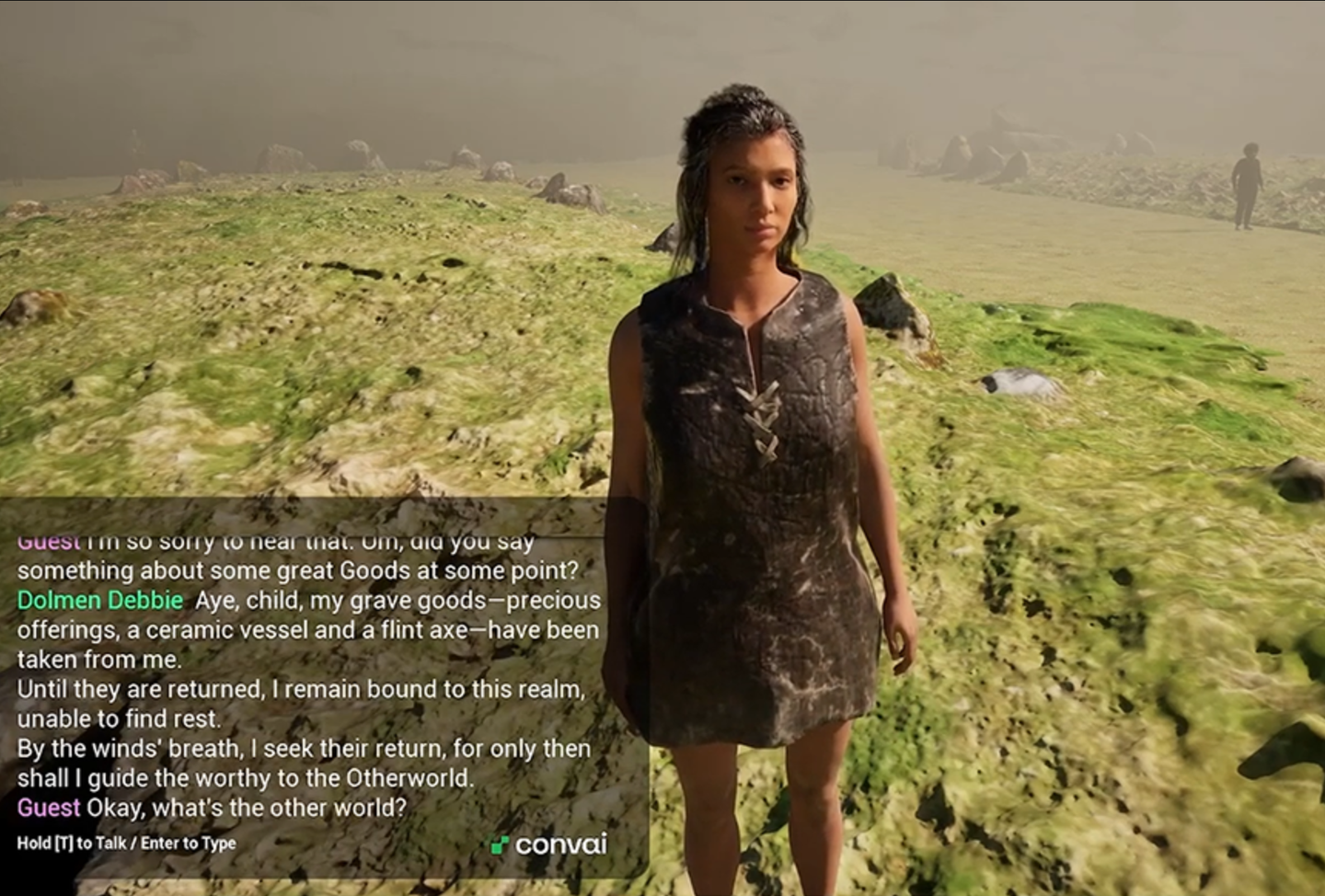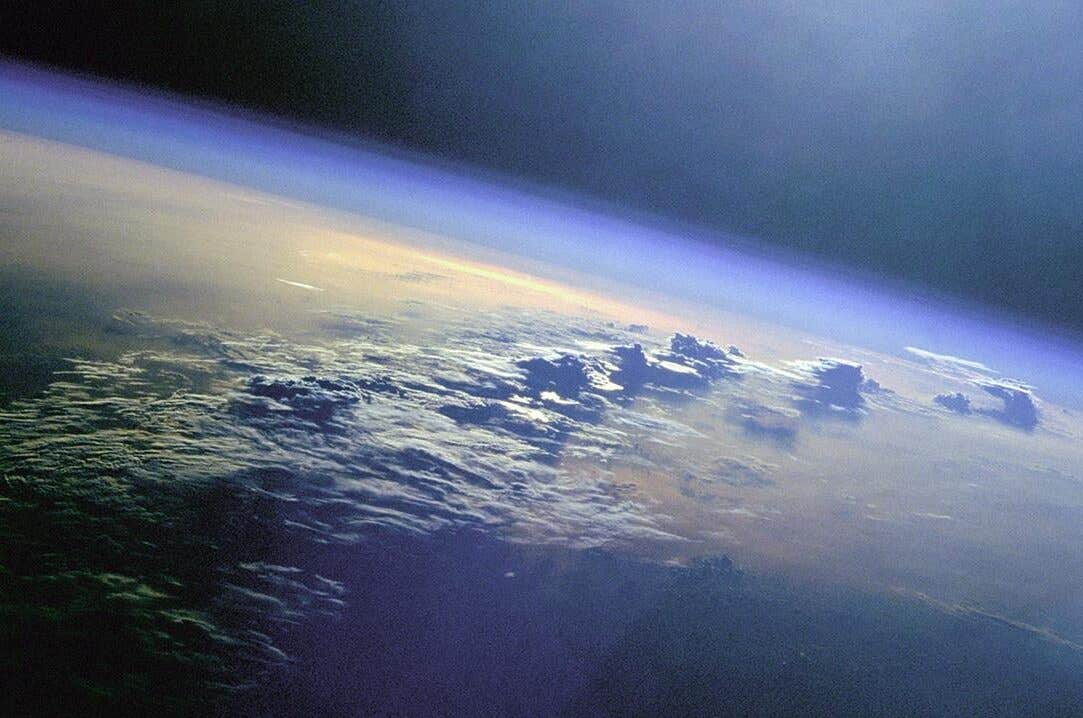Scientists rework Schrödinger’s cat equation to unite Einstein’s relativity and quantum mechanics
A new study proposes modifications to the fundamental equation of quantum mechanics, potentially bridging the gap between the two frameworks

A new study proposes modifications to the fundamental equation of quantum mechanics, potentially bridging the gap between the two frameworks. (CREDIT: iStock photos)
The bizarre world of quantum mechanics, where particles can exist in multiple states simultaneously, clashes with the well-established laws of classical physics that govern our everyday world. This inconsistency creates a major hurdle in our understanding of the universe, particularly when attempting to describe the cosmos using quantum principles.
A new study proposes modifications to the fundamental equation of quantum mechanics, potentially bridging the gap between these two seemingly contradictory frameworks.
At the heart of the problem lies the concept of superposition. Quantum mechanics dictates that subatomic particles can exist in a blend of multiple states at once, until a measurement forces them to collapse into a single definite state. This mind-bending phenomenon is exemplified by Schrödinger's famous thought experiment involving a cat in a sealed box with a potentially lethal poison. Until the box is opened, the cat is considered both alive and dead simultaneously.
Schrödinger's famous thought experiment involving a cat in a sealed box with a potentially lethal poison. (CREDIT: Creative Commons)
However, this principle breaks down for larger objects. We don't observe planets or stars existing in superpositions, nor does the entire universe appear to be in a quantum soup of possibilities. This inconsistency presents a significant challenge: how can quantum mechanics, which governs the microscopic world, explain the seemingly classical nature of the cosmos?
Enter Matteo Carlesso, a theoretical physicist from the University of Trieste in Italy, and his colleagues. Their proposed solution involves modifying the Schrödinger equation, the cornerstone of quantum mechanics that dictates how states evolve over time.
"The question is whether the Universe, lacking an external environment, can be in a superposition," Carlesso explains. "Observations suggest otherwise, with everything following the classical predictions of general relativity. So, what triggers the collapse of this superposition?"
Related Stories
Carlesso's team proposes adding specific terms to the Schrödinger equation that account for a system's interaction with itself, effectively introducing a self-induced collapse mechanism.
These modifications have minimal impact on tiny quantum systems but become increasingly influential for larger objects. In essence, large systems frequently collapse into definite states, explaining their classical behavior.
The researchers also propose a key shift in perspective. They eliminate the distinction between objects being measured and the measuring devices themselves. Instead, they suggest that all systems undergo spontaneous collapses at regular intervals, leading to the acquisition of definite values for certain properties.
"Without any external influence, any system spontaneously localizes (collapses) into a specific state," Carlesso clarifies. "Instead of a cat being both dead and alive, it's either dead or alive."
This modified model provides a potential explanation for why our universe's space-time fabric doesn't exist in a superposition and adheres to the classical laws of general relativity.
"Our model describes a quantum universe that eventually collapses, becoming effectively classical," Carlesso elaborates. "We demonstrate how spontaneous collapse models can explain the emergence of a classical universe from a quantum superposition of universes, each with a distinct space-time geometry."
While the model offers a compelling explanation for the classical nature of the universe, it doesn't predict entirely new phenomena at large scales. However, it does predict subtle deviations in the behavior of atoms and molecules compared to conventional quantum mechanics.
Unfortunately, these deviations are minuscule and pose a significant challenge for experimental verification. Carlesso and his team are actively collaborating with experimental physicists to devise methods to test the predictions of their modified model, essentially pushing the boundaries of our current understanding of quantum theory.
This new study proposes a novel approach to reconcile the seemingly contradictory worlds of quantum and classical physics. By modifying the Schrödinger equation and introducing the concept of self-induced collapse, Carlesso and his colleagues offer a potential explanation for the classical nature of the universe while laying the groundwork for future experiments that could validate or refute their intriguing theory.
For more science news stories check out our New Innovations section at The Brighter Side of News.
Note: Materials provided above by The Brighter Side of News. Content may be edited for style and length.
Like these kind of feel good stories? Get the Brighter Side of News' newsletter.



